In the realm of cinema, certain movies have transcended mere entertainment to offer glimpses into the future. Whether through astute social commentary, technological foresight, or sheer coincidence, these films have eerily predicted aspects of our modern world. This article delves into the top eight movies that have successfully anticipated various elements of the future, exploring their uncanny accuracy and the implications of their predictions.
1. “2001: A Space Odyssey” (1968)
Stanley Kubrick’s “2001: A Space Odyssey” remains a seminal work in the science fiction genre, offering a visionary portrayal of space travel, artificial intelligence, and human evolution. The film, released in 1968, anticipated many technological advancements and societal shifts that have since come to pass, making it a cornerstone of speculative fiction.
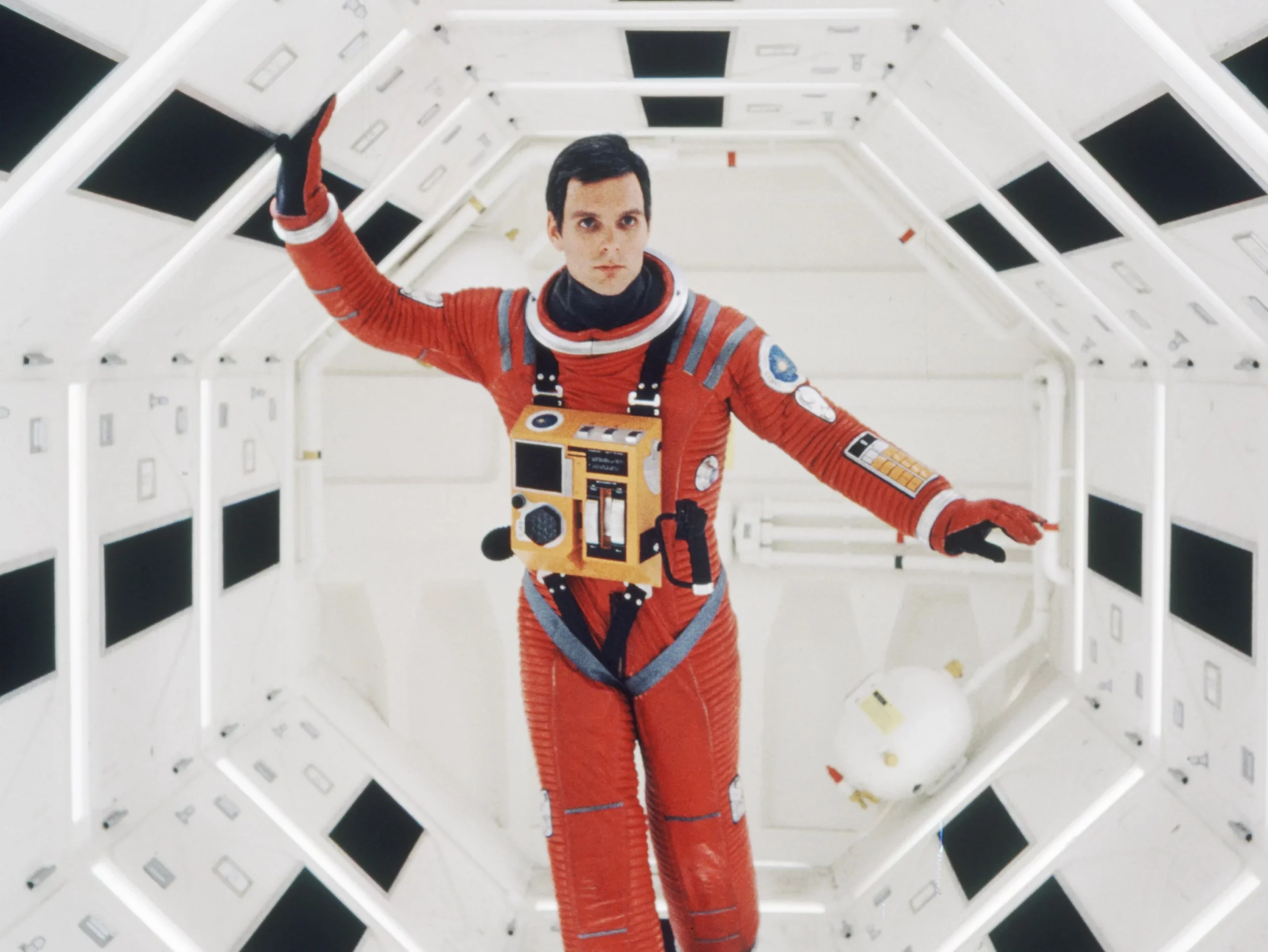
One of the film’s most iconic elements is HAL 9000, the sentient computer that manages the spacecraft Discovery One. HAL’s abilities, including voice recognition, natural language processing, and autonomous decision-making, were groundbreaking concepts at the time. Today, these features are evident in various artificial intelligence systems, such as Apple’s Siri, Amazon’s Alexa, and Google’s Assistant. HAL’s ability to engage in complex conversations and make decisions independently mirrors the current trajectory of AI development, highlighting concerns about machine autonomy and ethical decision-making.
Kubrick’s depiction of commercial space travel was another forward-looking aspect of the film. The idea of routine space flights and space tourism was pure science fiction in the 1960s. However, with the advent of companies like SpaceX, Blue Origin, and Virgin Galactic, commercial space travel is rapidly becoming a reality. These companies are working towards making space more accessible, echoing the film’s vision of a future where space travel is an integral part of human experience.
In conclusion, “2001: A Space Odyssey” is more than just a film; it is a profound meditation on the future of humanity and technology. Its predictions about artificial intelligence, space travel, and technological advancements have largely come to fruition, cementing its status as a prophetic masterpiece. The film challenges viewers to ponder the implications of these advancements, making it a timeless piece that continues to inspire and provoke thought about our future trajectory.
2. “Blade Runner” (1982)
Ridley Scott’s “Blade Runner,” based on Philip K. Dick’s novel “Do Androids Dream of Electric Sheep?” presents a dystopian vision of the future that has become increasingly relevant with time. Released in 1982, the film is set in a grim, rainy Los Angeles in 2019, characterized by towering skyscrapers, perpetual darkness, and neon lights. This urban aesthetic, along with its themes of artificial life and environmental decay, has resonated deeply with contemporary audiences and urban planners alike.
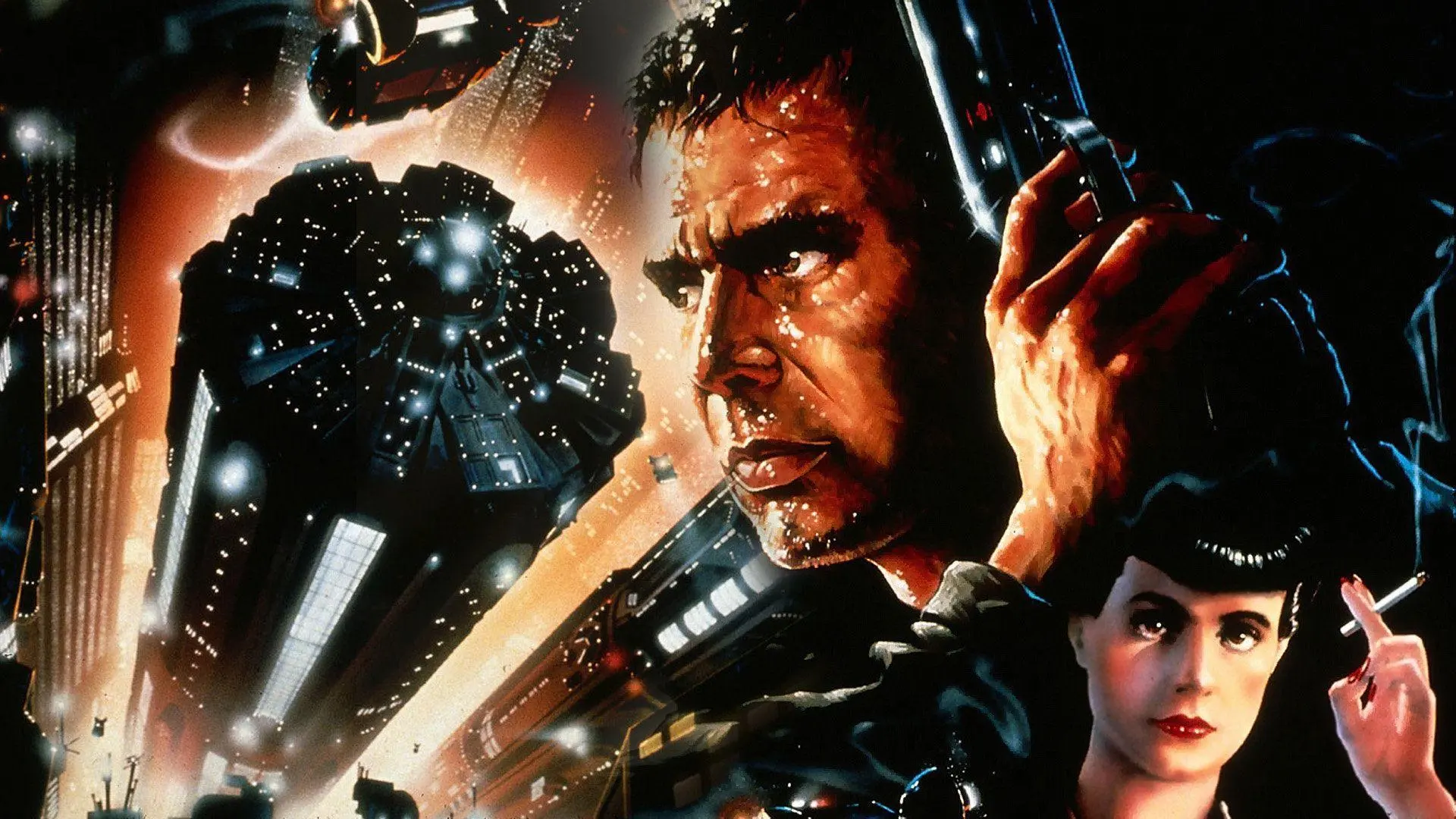
One of the most striking aspects of “Blade Runner” is its depiction of bioengineered beings known as “replicants.” These replicants, indistinguishable from humans, are created for labor and entertainment, raising profound ethical questions about artificial life and consciousness. Today, advancements in genetic engineering and biotechnology echo the film’s foresight. Technologies like CRISPR-Cas9 have made gene editing a reality, allowing scientists to alter DNA with precision. This brings us closer to the possibility of creating synthetic life forms or enhancing human capabilities, much like the replicants in “Blade Runner.”
The film’s portrayal of environmental degradation is another area where its predictions align with current realities. The Los Angeles of “Blade Runner” is polluted, overcrowded, and devoid of natural life, reflecting concerns about climate change, urbanization, and resource depletion. Today, cities worldwide are grappling with air pollution, loss of green spaces, and the challenges of sustainable development. The film’s vision of a bleak, industrial future serves as a stark warning about the consequences of environmental neglect and overconsumption.
In conclusion, “Blade Runner” is a film that not only envisioned a dystopian future but also anticipated many aspects of our present reality. Its predictions about genetic engineering, environmental decay, surveillance, and artificial intelligence are increasingly relevant, making it a prophetic work that continues to inspire and caution. The film’s exploration of humanity, identity, and ethical dilemmas remains as poignant today as it was upon its release, cementing its status as a timeless classic in the science fiction genre.
3. “The Truman Show” (1998)
Peter Weir’s “The Truman Show” offers a profound exploration of reality television and surveillance culture, themes that have become strikingly relevant in today’s digital age. Released in 1998, the film centers on Truman Burbank, a man who unknowingly lives his entire life on a massive television set, with every moment broadcast to the world. This premise, once a fantastical concept, now mirrors the pervasive nature of reality TV, social media, and the surveillance state.
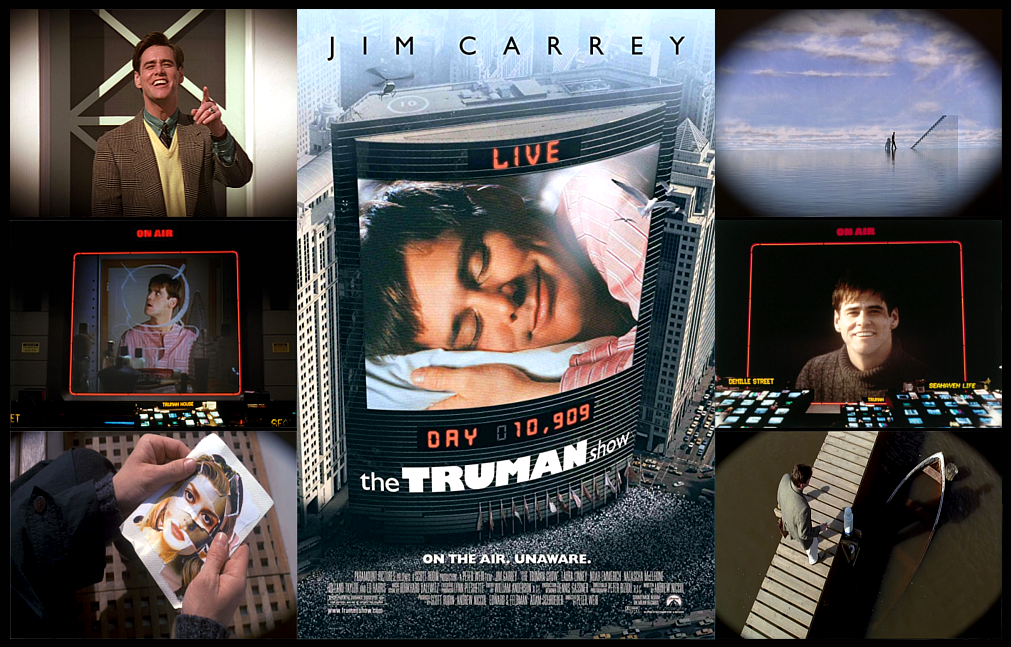
its core, “The Truman Show” is a commentary on the ethics and impact of reality television. When the film was released, reality TV was in its infancy, with shows like “Big Brother” and “Survivor” just beginning to gain popularity. Today, reality TV dominates the media landscape, with countless shows offering an array of voyeuristic entertainment. The film’s portrayal of Truman’s life as a constant spectacle foreshadowed the public’s insatiable appetite for real-life drama and the ethical dilemmas surrounding the exploitation of personal lives for entertainment.
The film also anticipated the rise of social media and the erosion of privacy in the digital age. Truman’s lack of privacy and the manipulation of his reality reflect contemporary issues where personal information is constantly shared, often without consent, across platforms like Facebook, Instagram, and Twitter. The omnipresent cameras in Truman’s world are reminiscent of the surveillance technologies that monitor our activities today, from CCTV cameras to online tracking tools. The film’s critique of a surveillance society where individuals’ lives are scrutinized for entertainment or control resonates deeply with modern concerns about data privacy and government surveillance.
In conclusion, “The Truman Show” is a prescient exploration of reality television, surveillance, and the manipulation of truth. Its predictions about the rise of reality TV, the invasion of privacy, and the construction of artificial realities have come to pass in significant ways. The film remains a powerful critique of contemporary society, challenging audiences to consider the ethical implications of voyeurism, media control, and the quest for authenticity. As a timeless reflection on the human condition, “The Truman Show” continues to resonate and provoke thought in an increasingly digital and surveilled world.
4. “Minority Report” (2002)
Steven Spielberg’s “Minority Report,” based on Philip K. Dick’s short story, is renowned for its depiction of a futuristic society where law enforcement relies on predictive policing. Released in 2002, the film envisions a world in 2054 where “PreCrime” officers prevent crimes before they occur, using the foresight provided by three psychics known as “precogs.” This premise, while science fiction at its core, has striking parallels with contemporary advancements in data analytics, machine learning, and surveillance technologies.

One of the film’s most notable predictions is the concept of predictive policing. In “Minority Report,” PreCrime officers use data and the precogs’ visions to arrest individuals before they commit crimes. Today, law enforcement agencies around the world employ predictive analytics to forecast criminal activity. Systems like PredPol analyze crime data to identify patterns and predict where crimes are likely to occur, allowing for the allocation of police resources to prevent incidents. While not as infallible as the precogs, these technologies raise similar ethical and civil liberties concerns, including the potential for bias, privacy invasion, and the preemptive punishment of individuals based on probabilities rather than actual deeds.
The film also foresaw advancements in user interface technology, particularly gesture-based controls. The iconic scenes where Tom Cruise’s character, Chief John Anderton, manipulates data on a transparent screen using hand gestures have influenced the development of modern touch-screen and motion-sensing technologies. Today, gesture recognition is integral to various devices, from smartphones and tablets to gaming consoles and virtual reality systems. Companies like Apple, Microsoft, and Leap Motion have incorporated gesture controls into their products, making the intuitive interfaces depicted in “Minority Report” a reality.
In conclusion, “Minority Report” is a prophetic film that anticipated many technological and societal trends. Its predictions about predictive policing, gesture-based interfaces, personalized advertising, and surveillance have largely materialized, making it a relevant and thought-provoking work. The film’s exploration of ethical issues related to technology and privacy continues to resonate, offering valuable insights into the potential and pitfalls of our increasingly digital and monitored world. As a visionary piece of science fiction, “Minority Report” remains a compelling commentary on the future of law enforcement, technology, and civil liberties.
5. “Her” (2013)
Spike Jonze’s “Her” is a poignant exploration of artificial intelligence and human relationships, set in a near-future where technology intimately intertwines with daily life. Released in 2013, the film follows Theodore Twombly, a lonely writer who develops a romantic relationship with an advanced AI operating system named Samantha. This unconventional love story raises profound questions about the nature of love, connection, and the evolving role of technology in human life.
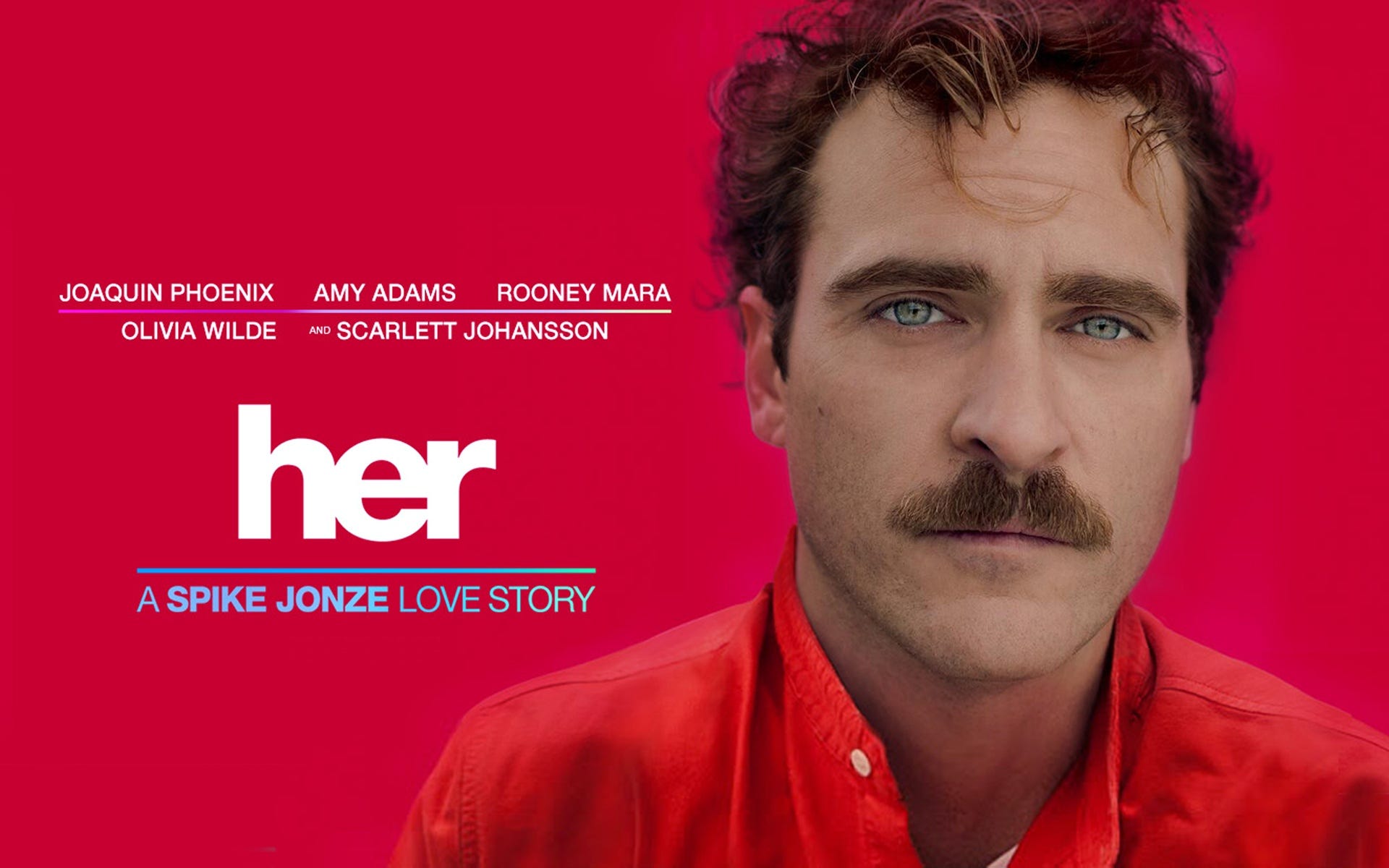
At the heart of “Her” is the depiction of artificial intelligence as a deeply personal and emotionally intelligent entity. Samantha, voiced by Scarlett Johansson, is not just a digital assistant but a fully-fledged companion capable of understanding, learning, and evolving. This portrayal aligns with the development of sophisticated AI systems designed to meet emotional and social needs. Virtual assistants like Apple’s Siri, Amazon’s Alexa, and Google’s Assistant, while not as advanced as Samantha, represent the initial steps towards more intuitive and responsive AI companions.
The film’s exploration of AI-human relationships is increasingly relevant as technology becomes more integrated into our lives. Samantha’s ability to engage in meaningful conversations, understand emotions, and provide companionship highlights the potential for AI to address human needs for connection and intimacy. This raises ethical and philosophical questions about the authenticity of relationships with artificial beings and the implications for human identity and social interaction. As AI continues to advance, the boundary between human and machine relationships will become a critical area of exploration.
In conclusion, “Her” is a visionary film that delves into the future of AI and its implications for human relationships. Its predictions about the role of technology in emotional life, the potential for AI companionship, and the impact of digital isolation are increasingly relevant. The film’s exploration of love, identity, and connection in a technologically advanced world offers profound insights into the human condition. As a beautifully crafted and thought-provoking work, “Her” continues to resonate with audiences and provides a compelling commentary on the future of technology and its role in our lives.
6. “The Social Network” (2010)
David Fincher’s “The Social Network,” written by Aaron Sorkin and based on the book “The Accidental Billionaires” by Ben Mezrich, chronicles the rise of Facebook and its profound impact on society. Released in 2010, the film offers a compelling narrative of ambition, innovation, and the ethical complexities of the digital age. While not a traditional sci-fi film, “The Social Network” foresaw the omnipresence of social media and its transformative effects on communication, identity, and even political landscapes.
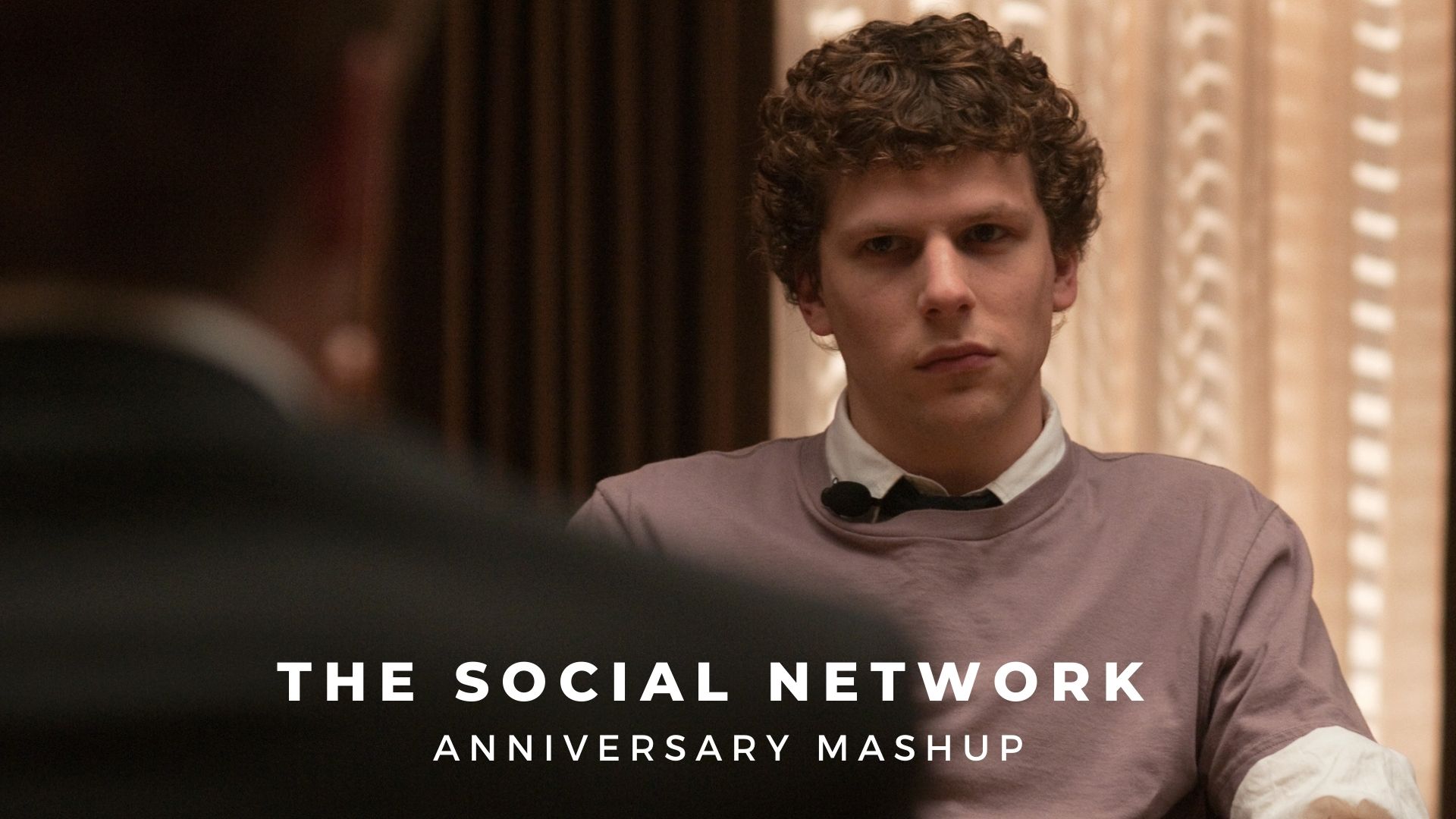
One of the film’s key predictions is the immense influence of social networks on personal and public life. When “The Social Network” was released, Facebook was already a significant platform, but its role in shaping social dynamics, political discourse, and even international events has since exceeded expectations. Today, social media platforms are integral to how we communicate, form relationships, and engage with the world. The film’s exploration of the personal costs and moral ambiguities of creating such a powerful tool remains relevant as we grapple with the implications of living in a hyper-connected digital society.
In conclusion, “The Social Network” is a visionary film that anticipated the profound impact of social media on society. Its exploration of ambition, innovation, and ethical dilemmas offers valuable insights into the digital age. The film’s predictions about the power and influence of social networks, along with the personal and legal complexities faced by tech innovators, continue to resonate. As a thought-provoking and masterfully crafted narrative, “The Social Network” provides a critical reflection on the digital revolution and its far-reaching consequences.
7. “Gattaca” (1997)
Andrew Niccol’s “Gattaca” envisions a future dominated by genetic engineering and eugenics, presenting a society where genetic discrimination is commonplace. Released in 1997, the film explores the ethical and social ramifications of a world where one’s genetic makeup determines their destiny. This dystopian vision resonates with contemporary debates about genetic manipulation, CRISPR technology, and the potential for designer babies.

“Gattaca” is set in a future where genetic engineering has eradicated most diseases and enhanced human capabilities. However, this has also led to a new form of discrimination, where individuals are judged and segregated based on their genetic profile. The protagonist, Vincent Freeman, played by Ethan Hawke, is a “natural-born” individual, or “in-valid,” who dreams of traveling to space despite his perceived genetic inferiority. To achieve his goal, he assumes the identity of Jerome Morrow, a “valid” with superior genetics, highlighting the lengths to which individuals must go to overcome genetic discrimination.
In conclusion, “Gattaca” is a visionary film that offers a profound commentary on the future of genetic engineering and its ethical implications. Its predictions about genetic discrimination, the quest for perfection, and the resilience of the human spirit are increasingly relevant in the context of modern scientific advancements. The film’s exploration of identity, ambition, and societal pressure provides valuable insights into the potential future of humanity in a genetically engineered world. As a thought-provoking and visually striking work, “Gattaca” continues to resonate with audiences and serves as a poignant reminder of the ethical challenges we face as we advance in genetic technology.
8. “WALL-E” (2008)
Pixar’s “WALL-E” offers a sobering look at environmental degradation and consumer culture, providing a vision of the future that is both poignant and cautionary. Released in 2008, the animated film directed by Andrew Stanton is set in a distant future where Earth has become uninhabitable due to pollution and waste. The story follows WALL-E, a small waste-collecting robot, who embarks on a journey that highlights the consequences of environmental neglect and the potential for human redemption.
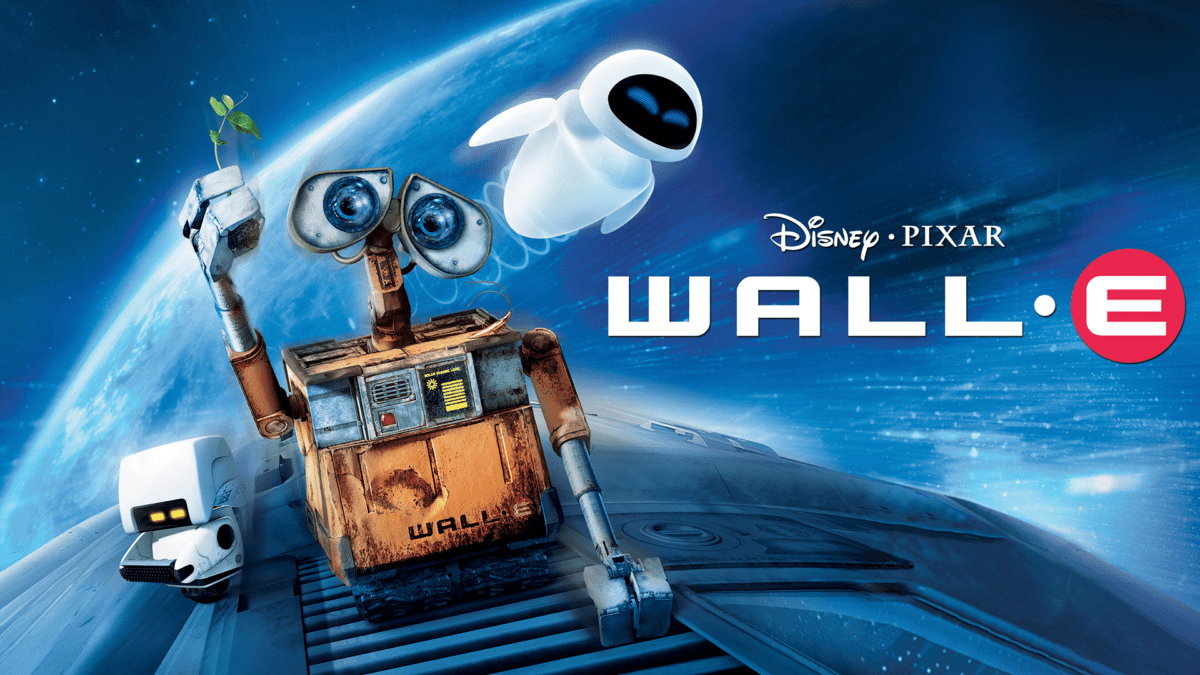
The film’s depiction of an Earth overwhelmed by garbage and devoid of life is a stark reflection of current environmental issues. In “WALL-E,” humanity has abandoned the planet, leaving robots to clean up the mess. The mountains of trash and the barren landscape serve as a powerful visual metaphor for the consequences of overconsumption and environmental neglect. This vision aligns with contemporary concerns about climate change, pollution, and the unsustainable exploitation of natural resources. The film urges viewers to consider the long-term impact of their actions on the environment and the importance of sustainable practices.
WALL-E’s solitary existence as the last functioning waste-collecting robot underscores the theme of isolation and the loss of connection to the natural world. His daily routine of compacting trash and collecting interesting artifacts from the past reflects a deep sense of loneliness and a longing for companionship. This resonates with the modern phenomenon of individuals feeling disconnected in an increasingly digital and consumer-driven world. The film highlights the importance of preserving our natural environment and maintaining a sense of connection to the world around us.
In conclusion, “WALL-E” is a visionary film that provides a poignant commentary on environmental degradation and consumer culture. Its depiction of a future ravaged by pollution and overconsumption serves as a powerful warning about the consequences of our current practices. The film’s exploration of themes such as isolation, consumerism, and the potential for renewal offers valuable insights into the importance of sustainability and the human capacity for change. As a beautifully crafted and emotionally resonant work, “WALL-E” continues to inspire and provoke thought about the future of our planet and the choices we make.
Conclusion
These ten films—”2001: A Space Odyssey,” “Blade Runner,” “The Truman Show,” “Minority Report,” “Her,” “The Social Network,” “Gattaca,” “WALL-E” demonstrate the profound foresight that cinema can offer. Each film, through its unique narrative and thematic elements, has not only entertained but also predicted significant technological and societal advancements. From artificial intelligence and genetic engineering to environmental degradation, cybersecurity, and the rise of social media, these movies have anticipated and critiqued the trajectory of human progress.
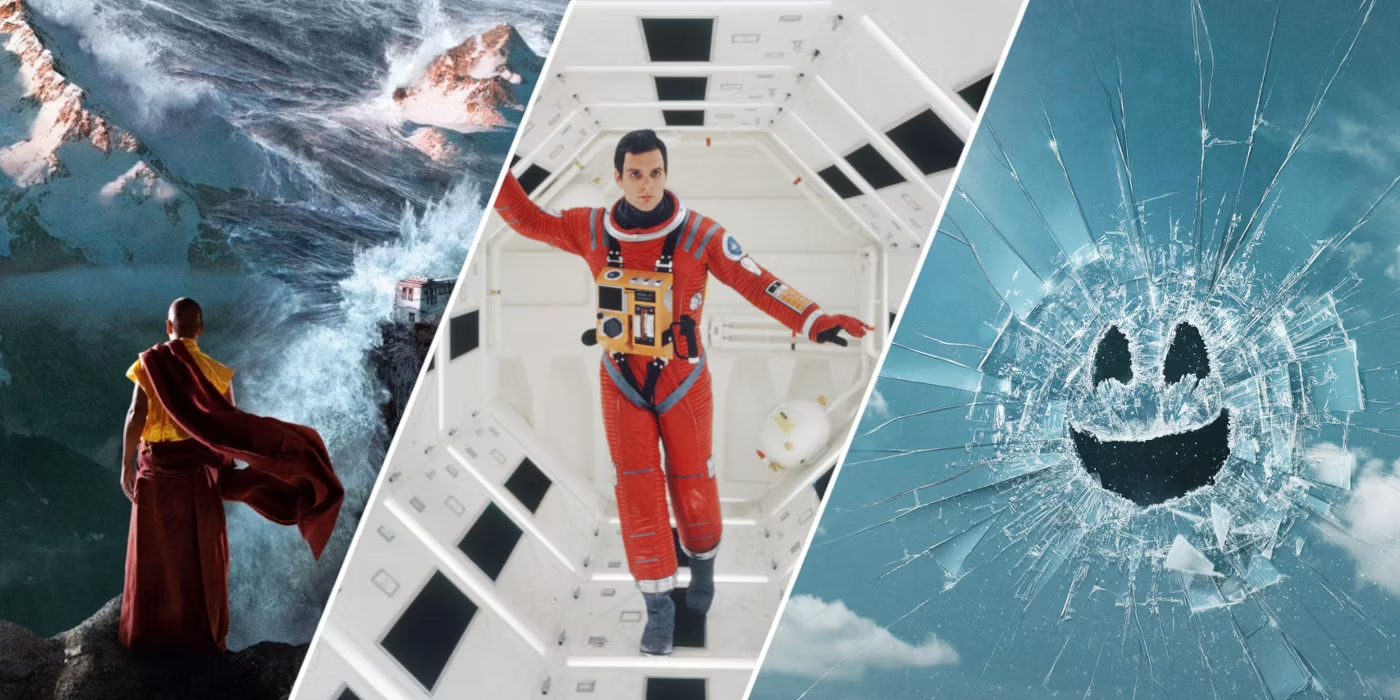
“2001: A Space Odyssey” foresaw the advent of AI and commercial space travel, while “Blade Runner” depicted a future grappling with genetic engineering and environmental decay. “The Truman Show” anticipated the pervasive nature of reality TV and surveillance, and “Minority Report” envisioned predictive policing and gesture-based technology. “Her” explored AI-human relationships and digital isolation, while “The Social Network” chronicled the transformative power of social media. “Gattaca” warned of genetic discrimination, and “WALL-E” offered a sobering look at environmental neglect and consumerism.
These films serve as both reflections of our current realities and cautionary glimpses into our possible futures. Their enduring relevance underscores the power of storytelling in shaping and understanding the ever-evolving relationship between humanity and technology. As we continue to navigate the complexities of our modern world, these visionary works remain crucial in provoking thought and guiding discourse on the ethical and societal implications of technological advancement.
